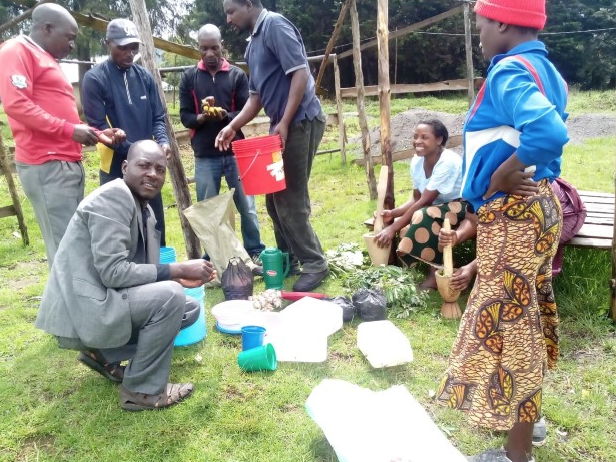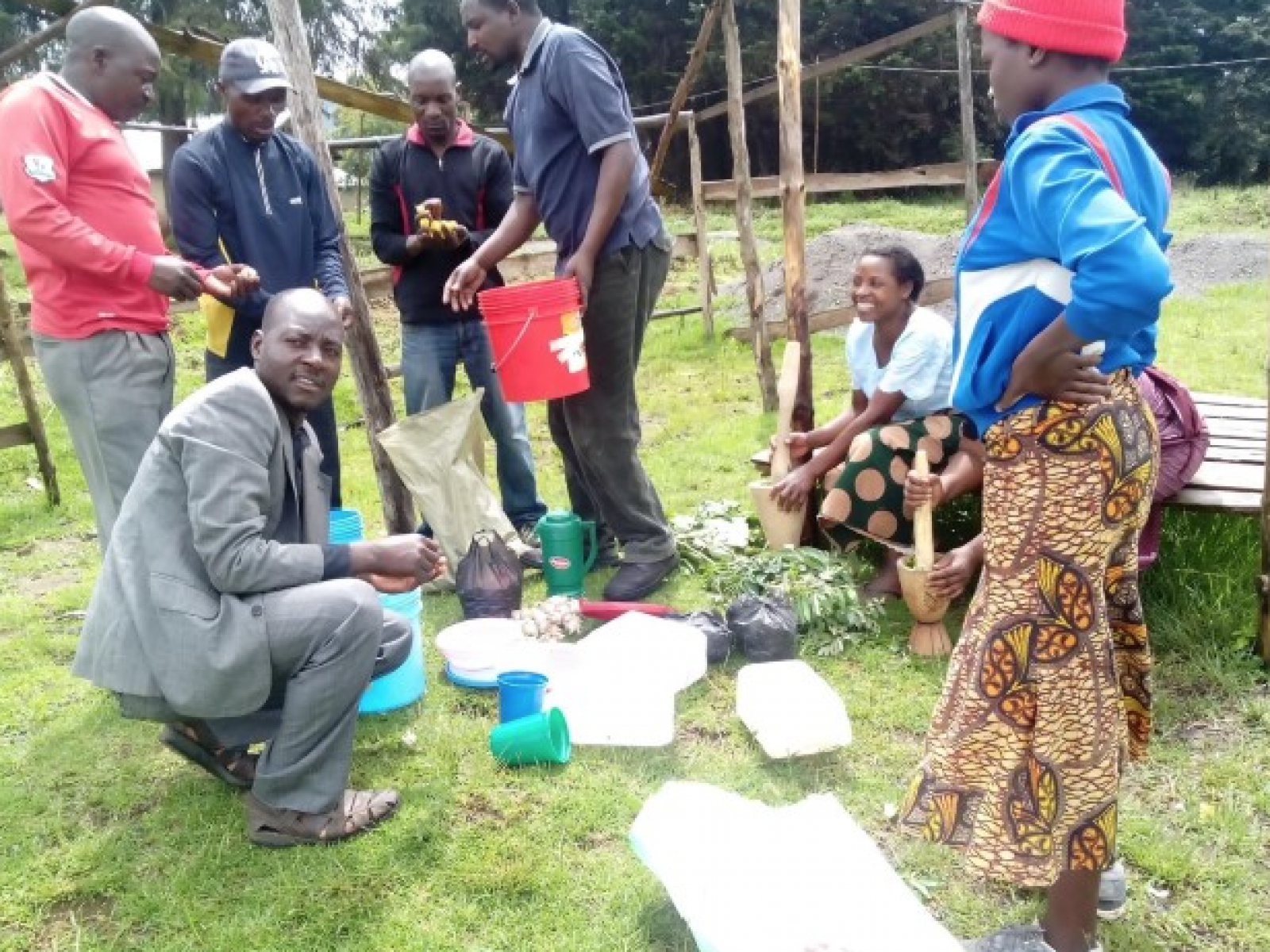An Overview Of Our Solution
- Population Impacted:
- Continent: Africa
Organization type
Population impacted
Size of agricultural area
Production quantity
People employed
Describe your solution
Describe your implementation
External connections
What is the environmental or ecological challenge you are targeting with your solution?
Describe the context in which you are operating
Recent upgrades to road, rail and airport connect Mbeya reliably to Tanzania’s main port and economic center in Dar Es Salam, opening up market access for the region’s agricultural products and supporting the expansion of the region’s mining sector. Agriculture remains a dominant sector employing over 80% of the region’s population and accounting for 85% of income. According to the analysis produced by AWF, forests occupy 2,348 Km2 or 21% of Lake Nyasa Basin hosting important species of fauna and flora. Agriculture and settlement occupy nearly 30% of the basin. Small-scale agriculture accounts for most of the land use and over 90% of the population derive their livelihood from farming. These agricultural systems are predominantly rain-fed making them vulnerable to variations in weather patterns that are common with climate change. Hydrological features include streams, rivers, crater lakes, and riverine and lacustrine wetlands all in need of conservation attention.
How did you impact natural resource use and greenhouse gas emissions?
Language(s)
Social/Community
Water
Food Security/Nutrition
Economic/Sustainable Development
Climate
Sustainability
The program has invested in people by training smallholder farmers on sustainable production methods, empowering them to access markets through their mobile phones and capacitated them to make key farm inputs on their own by using locally available raw materials. This solution has proved to reduce farm inputs costs amazingly by 80% and increase crop productivity up to three-fold. This approach has reduced their dependence on outsiders hence assured sustained high yield, food security, access to markets and sustainability. Once the seed fund of $1,000 per farmer per acre is provided to capacitate the farmer, then the farmer can continue through next seasons without external support
Return on investment
Entrant Banner Image

